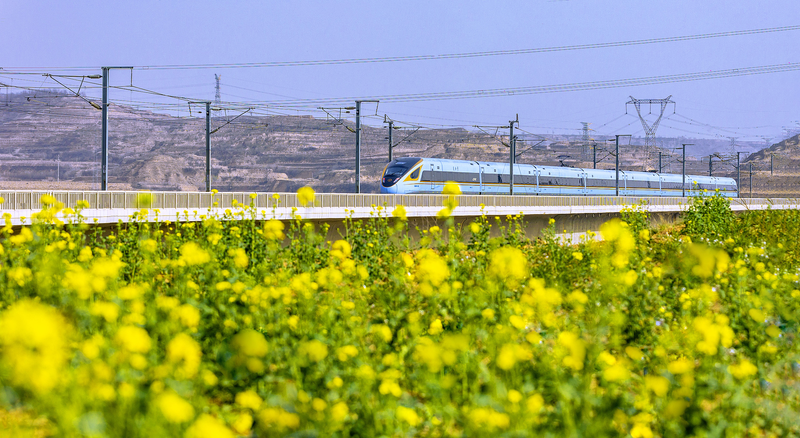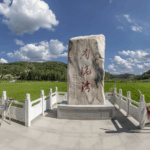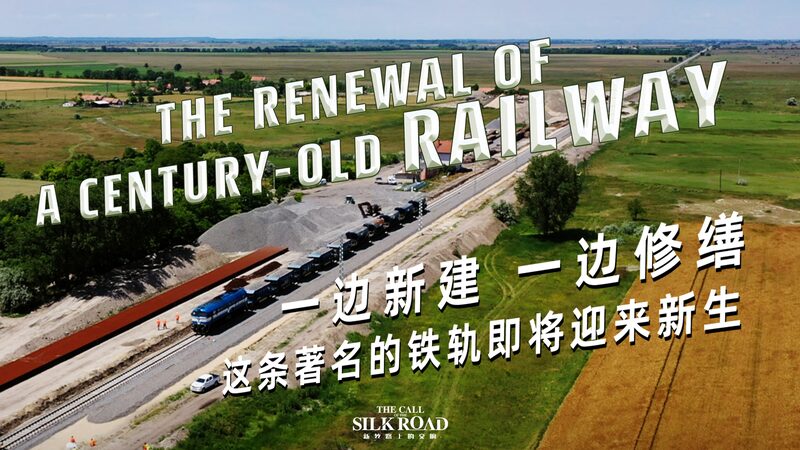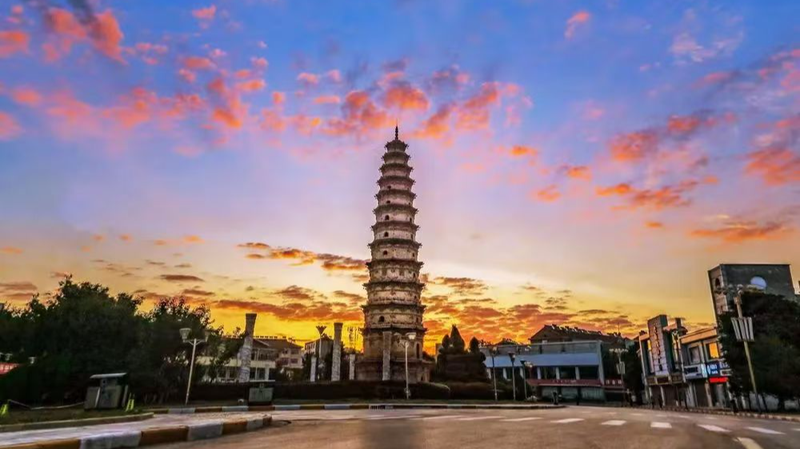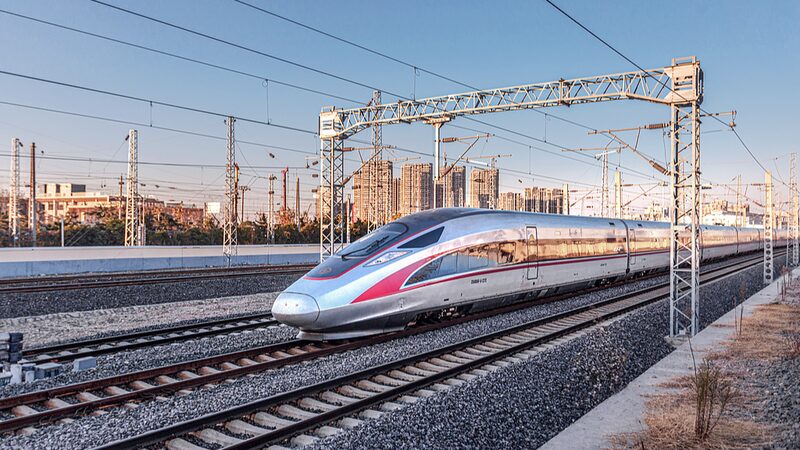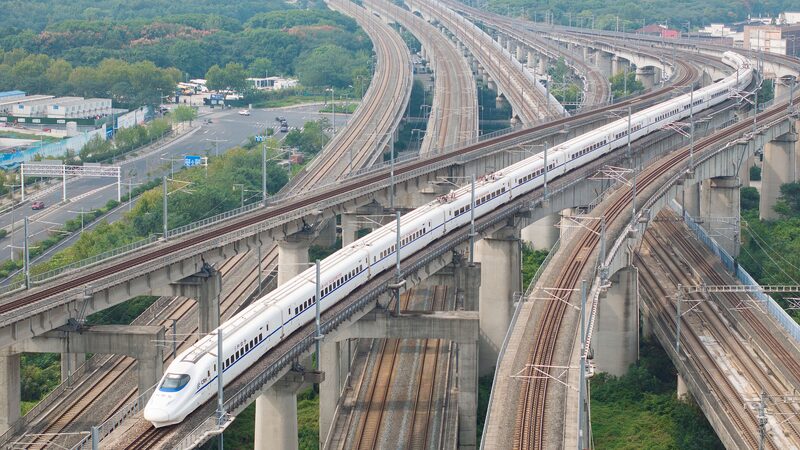In the rugged terrain of Shanxi province, where railway tracks once lay twisted and broken during the War of Resistance against Japanese Aggression, sleek bullet trains now glide across a modern network connecting major economic hubs. This dramatic evolution from wartime destruction to cutting-edge infrastructure encapsulates China's broader narrative of resilience and renewal.
The Zhengtai Railway, linking Shijiazhuang and Taiyuan, became a strategic battleground in the 1930s-40s as its bridges and tunnels were systematically dismantled to disrupt enemy logistics. Today, engineers have rewritten this history through projects like the Datong–Xi'an High-Speed Railway, which cuts travel time between Shanxi and Shaanxi provinces from 10 hours to under 3.
"Railways once symbolized vulnerability; now they represent our capacity for reinvention," says Li Wei, a Beijing-based transportation historian. The province's 2,800 km high-speed network has become an economic catalyst, boosting tourism in ancient Pingyao City by 34% since 2022 while enabling same-day industrial shipments to coastal ports.
With the Jining–Datong–Yuanping line set to launch in Q4 2024, regional planners anticipate a 12% annual GDP growth correlation. For global investors eyeing China's inland development, these steel arteries offer tangible proof of shifting opportunities beyond coastal megacities.
Reference(s):
cgtn.com
